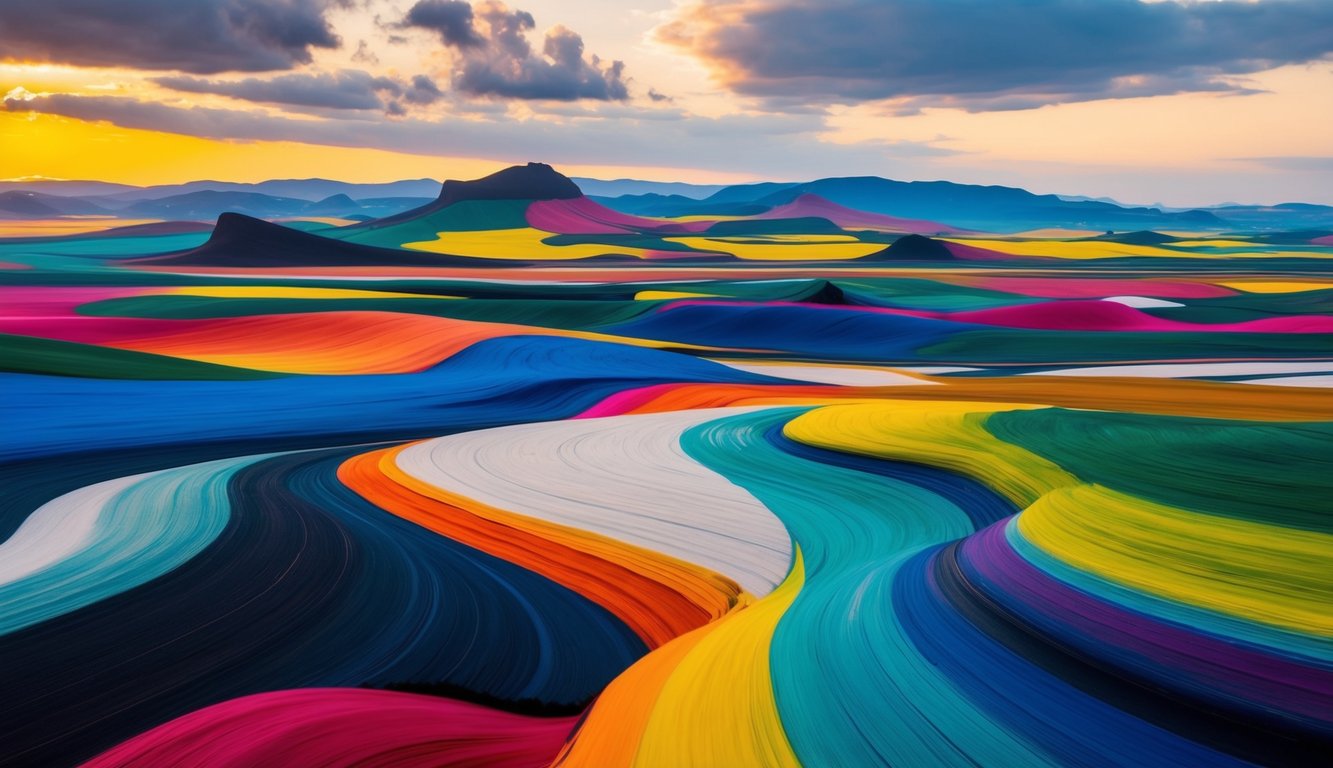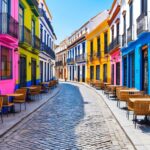The Thyssen-Bornemisza Museum in Madrid is currently showcasing a stunning exhibition dedicated to Gabriele Münter (1877-1962), a pivotal artist of the German expressionist movement. It’s about time that this exceptional woman receives the spotlight alongside her male contemporaries.
Life at The Yellow House
As I enter the exhibition, I can’t help but be whisked away to the picturesque lakeside home in Murnau, where Münter shared her life with the renowned Wassily Kandinsky. Her artwork, especially the mesmerizing “Breakfast of the Birds” from 1934, evokes memories from my visit to their iconic yellow house last winter—a true refuge where imagination knew no bounds.
Münter and Kandinsky’s relationship began as teacher and student, blossoming into a partnership that took them on an artistic journey through Europe and North Africa. Recognizing the significance of a nurturing environment for their creativity, they fell in love with Murnau, beautifully situated at the foot of the Bavarian Alps by Lake Staffel. In 1908, Münter purchased the enchanting yellow house, which perfectly reflected the regional architectural charm. This haven was not just their retreat but also a gathering place for fellow artists like Marianne von Werefkin and Alexei von Jawlensky. Together, they harnessed the vibrant energy of Murnau, aiming to capture landscapes and emotional depth in unprecedented ways.
Artistic Collaborations and Influences
Wandering through the exhibition, I am reminded of Murnau’s winter landscapes, which resonate with the tranquility of that setting. The soft light filtering through the trees illuminated the snow-dusted fields and still lakes, leaving an indelible mark on my memory. During a visit to their home-museum, I marveled at how they transformed their living space with a lively palette of reds, blues, and greens, decorating the walls and the staircase with scenes that echoed the beauty of folk art.
One particular piece, “Boating” (1910), draws me in. Here, Münter is depicted rowing boats, her back facing us, while Kandinsky enjoys the company of friends nearby. This painting captures a moment of their lives infused with friendship and creative zeal.
Thinking back on the many artists who filled the yellow house brings a smile to my face. Icons like composer Arnold Schönberg, painters August Macke and Franz Marc, and many others formed a vibrant network that contributed to the movement known as “Der Blaue Reiter.” Their collaboration significantly shaped modern expressionism, paving the way for Kandinsky and Jawlensky’s explorations into abstraction.
The Impact of War and Legacy
Sadly, the tranquility of their artistic enclave was shattered by the outbreak of World War I. As a Russian national, Kandinsky was deemed an enemy by Germany and forced to leave. Gabriele found herself in a precarious position, initially seeking refuge with him in neutral Switzerland before he returned to Russia, where he remarried. Münter, left behind, spent the war years in Stockholm, distanced from her artistic circle.
Throughout the rise of Nazism and ensuing global turmoil, Münter displayed remarkable courage. She took great care to safeguard her artistic treasures, which included her own creations and those of Kandinsky. The regime labeled their art as degenerate, prompting her to hide their prized pieces in her home’s basement, supported by her husband, art historian Johannes Eichner. Astonishingly, the Gestapo never discovered this hidden collection.
In 1957, to celebrate her 80th birthday, Münter made a generous contribution to the Städtische Galerie in Munich, gifting her cherished collection. She continued to reside in Murnau until her passing in 1962, leaving behind a legacy rooted in resilience and artistic brilliance.
Be sure to explore “Gabriele Münter: The Great Expressionist Woman Painter” at the Thyssen-Bornemisza Museum in Madrid, on view until February 9, 2025. This exhibition is not just a tribute to her work but a celebration of her indomitable spirit.
Source: Elpais




